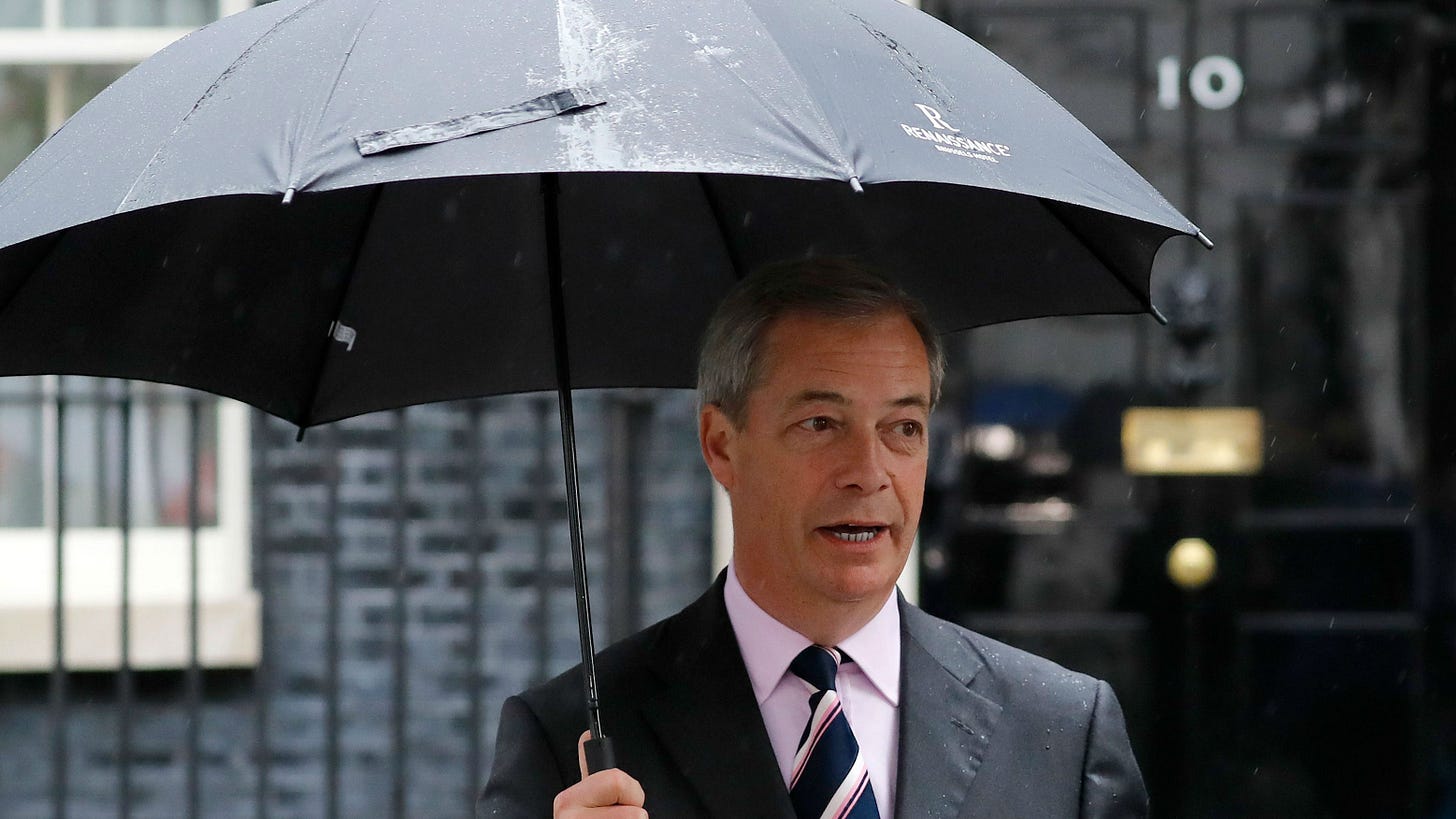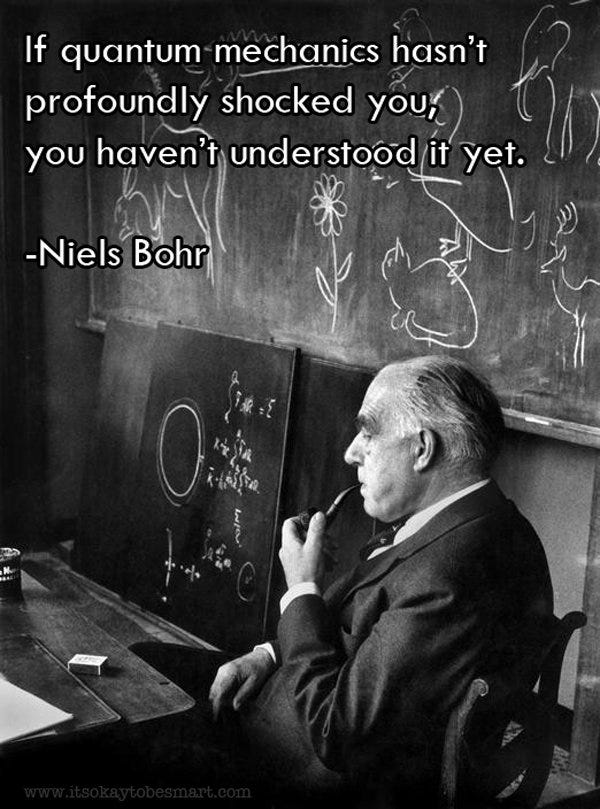Critical junctures in history cause us to think the previously unthinkable. Until a year ago, it was unthinkable to most that Argentina might unshackle itself from its Peronist roots of misery. Until last weekend, it was unimaginable to most, including many of its members, that the Assad family would flee Damascus, ending fifty years of Syrian oppression.
This year, Georgia Meloni emerged as Europe's most influential political leader, highlighting how France and Germany must now contemplate the unthinkable. To avoid a complete political meltdown, they must find ways to permit their far-right and far-left political fringes to enter government—something previously unthinkable to their established parties.
Meanwhile, in the UK, the dawning reality of MAGA mercantilism dictates that Rachel Reeves also think the previously unthinkable. To meet Donald's approval, she needs to consider a further £29bn dip into the faltering UK economy to increase the UK's defence budget to 3% of GDP, an outcome unlikely to have been part of the incoming Labour government's simulation drills. At the same time, Trump's best mate in Britain is, unthinkably, being discussed as conceivably its next prime minister.
More profoundly, last week, Google's parent, Alphabet, gave us cause to think the unthinkable about the nature of our very existence. In a press release about its latest advances in quantum computing (QC), the California-based technology giant claimed that its quantum chip, Willow, has achieved high-scale quantum error correction, enabling it to solve a problem in a few minutes that a classical computer would take longer than the existence of the universe to solve.
The essence of quantum theory, upon which this type of computation sits, is so counterintuitive that the human mind rejects it. Quantum mechanics challenges our intuitions about reality based on the solid observable Newtonian world. Concepts like superposition and entanglement suggest that the world is not as deterministic and localised as we imagine. When confronted with its implications, most revert to our emergent, known world's safe surface layer of certainty. Life must go on, after all. Didn't the Democrats warn us about weird people with weirdo thoughts?
One widely commented consequence of this step change in QC was that this would finally mark the end of Bitcoin and other cryptocurrencies dependent on classical cryptography. These new parallel quantum supercomputers would hack a blockchain's keys in seconds. While this, of course, might be true, it is worth noting that by the time this becomes a reality, QC's will have broken into every bank account, central bank, corporate treasury and, not to mention the launch codes for our nuclear warheads. At this point, the survival of Bitcoin might not be our prime concern.
Indeed, over the next decade, quantum security consulting will make the late 1990s life-changing Y2K gravy train look like thin gruel, an interesting issue for Trump's recently appointed AI and Crypto Tsar, David Sacks, to tackle.
Whether conventional finance wants to accept it or not, Bitcoin seems likely to be around for a bit longer. Indeed, in the view of its proponents, at 15 years old, Bitcoin adoption is still very early. Over the last four years, no one has epitomised Bitcoin adoption more than Michael Saylor, founder and Chair of MicroStrategy (MSTR).
If there is anything currently more divisive in finance and investing today than Bitcoin, it is MicroStrategy's rapid growth. Traditionalists are particularly concerned by MSTR's aggressive issuance of convertible debt to fund the company's purchase of what Saylor calls a unique and transformative asset. He believes Bitcoin solves many of the inherent problems of traditional monetary systems and is a crucial tool for preserving wealth in an increasingly uncertain world. (See his recent explainer from 28 mins on the latest MSTR quarterly earnings call).
To answer the philosopher of risk, Nassim Taleb, who said, "Don't tell me what you think; tell me what you own," Saylor has been nothing if not decisive. Since adopting Bitcoin as MicroStrategy's preferred balance reserve asset in 2020, his company, MSTR, has amassed nearly 425,000 coins with a market value of $42bn, quite a statement for a company that entered the 2020s as a subscale enterprise software company and c$500m balance sheet.
On Friday evening, MicroStrategy (MSTR), with a market value of nearly $100bn, and AI company Palantir and tazer manufacturer Axon joined the world's premier equity market index, the NASDAQ 100. As Bloomberg put it:
This move represents a major stamp of institutional acceptance for its controversy-courting founder, Michael Saylor, whose disdain for Wall Street convention has helped spur a 500% rally in its shares this year and made him a hero to Bitcoin bulls.
After his 2020 conversion to the Bitcoin standard, MSTR, as a listed company, became valued mainly as a way for investors to access Bitcoin via regulated and tax-efficient means, such as 401 (k) plans. The choices were MSTR or Toronto-listed Grayscale Trust.
When Bitcoin ETFs were approved earlier this year, the MSTR share price fell as investors switched to more transparent alternative Bitcoin vehicles launched by established firms such as Blackrock and Fidelity. But things took an unexpected turn: Saylor discovered a feat of financial engineering that changed everything for his company.
As Saylor explained in the MSTR Q3 earnings call last month, MSTR has not only been NASDAQ's best-performing stock over the four years since it adopted Bitcoin, but it has also been its most volatile. Conventional financial wisdom holds that volatility is bad and should be avoided, particularly when using borrowed money. However, Saylor realised that volatility enhances his option value, thereby making his cost of convertible debt very low, in fact, zero, assuming the value of his Bitcoin doesn’t collapse. (As if that might ever happen).
As MSTR announced plans to massively increase its capital base via the issuance of a further $42bn of equity and convertible debt over the next three years, Saylor demonstrated that investors who bought MSTR bonds to date had achieved nearly twice the performance of Bitcoin with the downside protection offered by the bonds. He sees MSTR's principle value proposition as the creator of Bitcoin-backed financial instruments, a Bitcoin treasury business, and unsurprisingly, some of the most prominent bond investors in the world have been taking full allocations of MSTR's prodigious issuance and making MSTR the dominant player in the US convertible bond market over the last couple of years.
Michael Saylor is unconventional, has a checkered past, and is a Bitcoin zealot. However, he is an acclaimed MIT engineer with a highly unconventional view of risk, which does not mean that MSTR or Bitcoin will not fail. However, as Elon Musk has shown, engineers on the spectrum with skin in the game can overturn conventional wisdom. With MSTR in the NASDAQ 100, pursuing a strategy likely to be adopted by the US government, we can think the unthinkable about our money and the risks involved in the base layer of our financial system, at least for now.
[For disclosure, I own Bitcoin, a BTC ETF and MSTR shares. I have recently taken profit in MSTR].









